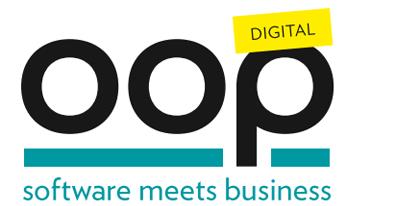
RÜCKBLICK AUF DAS PROGRAMM 2021
Decoupled Streaming Microservices Architecture with Apache Kafka, Kubernetes and Istio Service Mesh
Apache Kafka became the de facto standard for microservice architectures. Decoupled applications and Domain-driven Design (DDD) are key benefits. However, that also introduces new challenges like observability of the whole ecosystem. This session explores the problems of distributed Microservices communication and how Kafka, Kubernetes and a Service Mesh like Istio address them. Learn some approaches for combining them to build a reliable and scalable microservice architecture with decoupled and secure microservices.
Target Audience: Software Architects, Consultants, Developers, Project Leads
Prerequisites: Experience with distributed systems / messaging frameworks is helpful
Level: Advanced
Extended Abstract:
Apache Kafka became the de facto standard for microservice architectures. It goes far beyond reliable and scalable high-volume messaging. In addition, you can leverage Kafka Connect for integration and the Kafka Streams API for building lightweight stream processing microservices in autonomous teams. Decoupled applications and Domain-driven Design (DDD) are key benefits. However, microservices also introduce new challenges like observability of the whole ecosystem.
A Service Mesh technology like Istio (including Envoy) complements the architecture. It describes the network of microservices that make up such applications and the interactions between them. Its requirements can include discovery, load balancing, failure recovery, metrics, and monitoring. A service mesh also often has more complex operational requirements, like A/B testing, canary rollouts, rate limiting, access control, and end-to-end authentication.
This session explores the problems of distributed Microservices communication and how both Apache Kafka and Service Mesh solutions address it together on top of Kubernetes. I cover different approaches for combining both to build a reliable and scalable microservice architecture with decoupled and secure microservices.
Kai Wähner ist Field CTO bei Confluent. Er arbeitet mit Kunden auf der ganzen Welt und mit internen Teams wie Engineering und Marketing zusammen. Kais Hauptfachgebiet liegt in den Bereichen Data Streaming, Analytics, Hybrid Cloud Architekturen, Internet of Things und Blockchain. Kai ist regelmäßiger Sprecher auf internationalen Konferenzen, schreibt Artikel für Fachzeitschriften und teilt seine Erfahrungen mit neuen Technologien auf seinem Blog.

